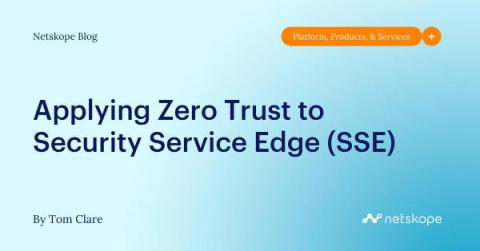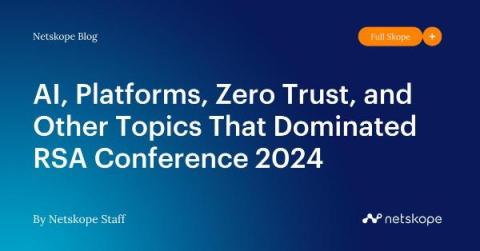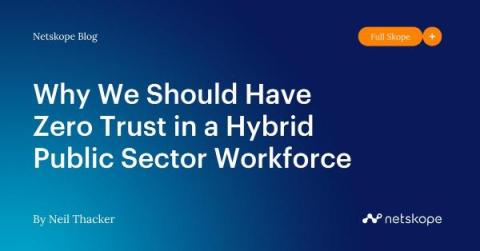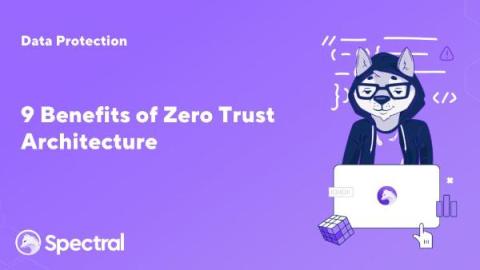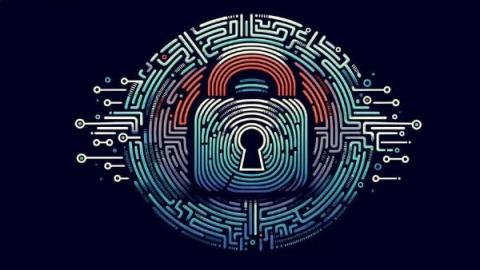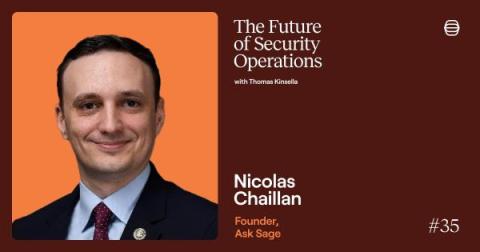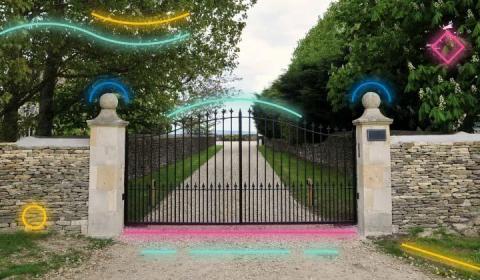Applying Zero Trust to Security Service Edge (SSE)
The current situation with legacy on-premises security defenses trying to support a hybrid work environment and zero trust principles is challenging for companies. Complications can include poor user experience, complexity of disjointed solutions, high cost of operations, and increased security risks with potential data exposure. Simple allow and deny controls lack an understanding of transactional risk to adapt policy controls and provide real-time coaching to users.


